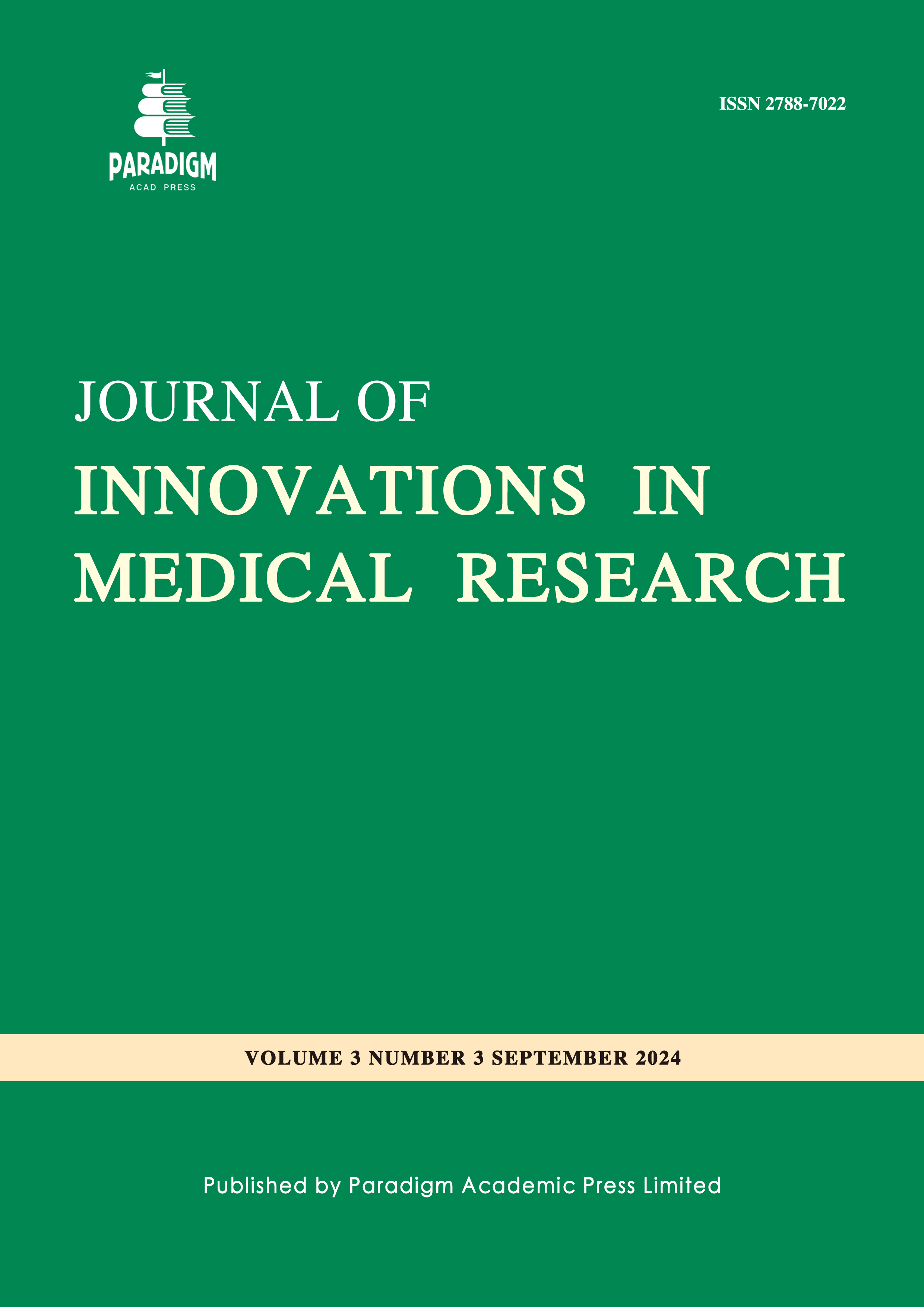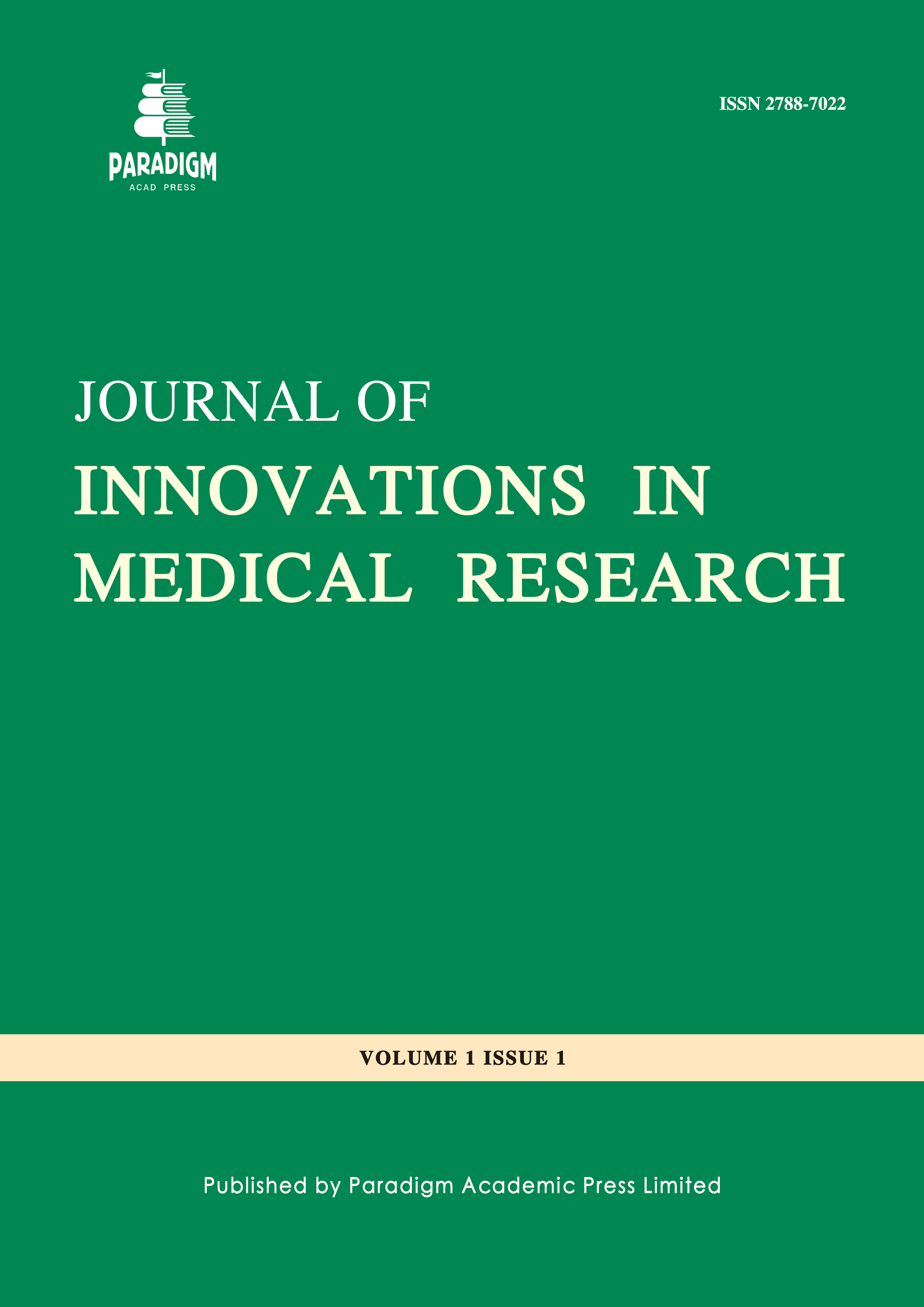Medical Treatment of Graves’ Disease: Benzylthiouracil vs. Methimazole, What to Choose?
Keywords:
Graves’ disease, antithyroid drug, adverse effect, remission, Graves’ disease (GD), synthetic antithyroid drugs (ATDs), propylthiouracil (PTU), benzylthiouracil (BTU), carbimazole (CBZ), methimazole (MMI), anti-TSH receptor antibody levels (TRAbs)Abstract
Introduction: The management of Graves’ disease (GD) typically involves the use of synthetic antithyroid drugs (ATDs), primarily Methimazole (MMI) and Carbimazole (BTU), which aim to inhibit thyroid hormone synthesis and restore normal thyroid function. There are uncertainties regarding the choice of the most appropriate synthetic antithyroid drug (ATD) for the treatment of hyperthyroidism related to GD. This study aims to evaluate the efficacy and tolerance of MMI compared to BTU in patients diagnosed with GD. Patients and Methods: This cross-sectional analytical study included 121 patients diagnosed with GD. The patients were divided into two groups: Group 1 (G1, n=77), consisting of patients treated with Carbimazole (BTU), and Group 2 (G2, n=44), consisting of patients treated with Methimazole (MMI). We compared the efficacy and tolerance of the two drugs. Results: Adverse effects (AE) related to the ATDs were more frequent with MMI (18.2%) than with BTU (10.4%), but without a significant difference. The decrease in fT4 levels was significantly earlier and more pronounced with MMI compared to BTU. After a standard treatment duration (12 to 18 months), the remission rate was significantly higher with MMI than with BTU (58.3% vs. 31.9%; p=0.012). The relapse rate was comparable between the two groups (14.5% in G1 vs. 11.1% in G2; p=0.76). Conclusion: MMI is more effective than BTU in reducing fT4 levels and achieving remission in GD after a standard treatment duration. However, its contribution to the occurrence of adverse effects warrants further investigation.



